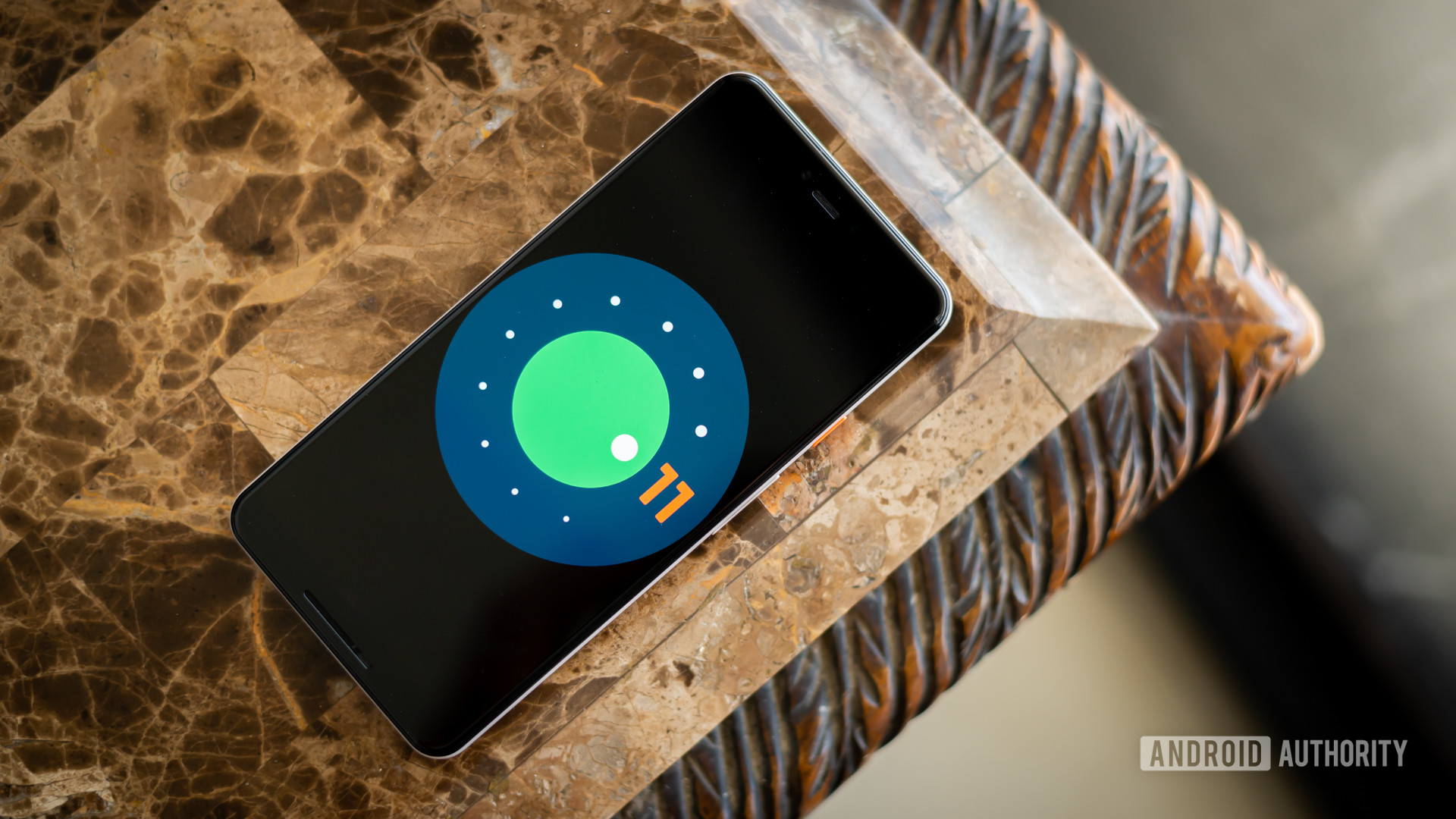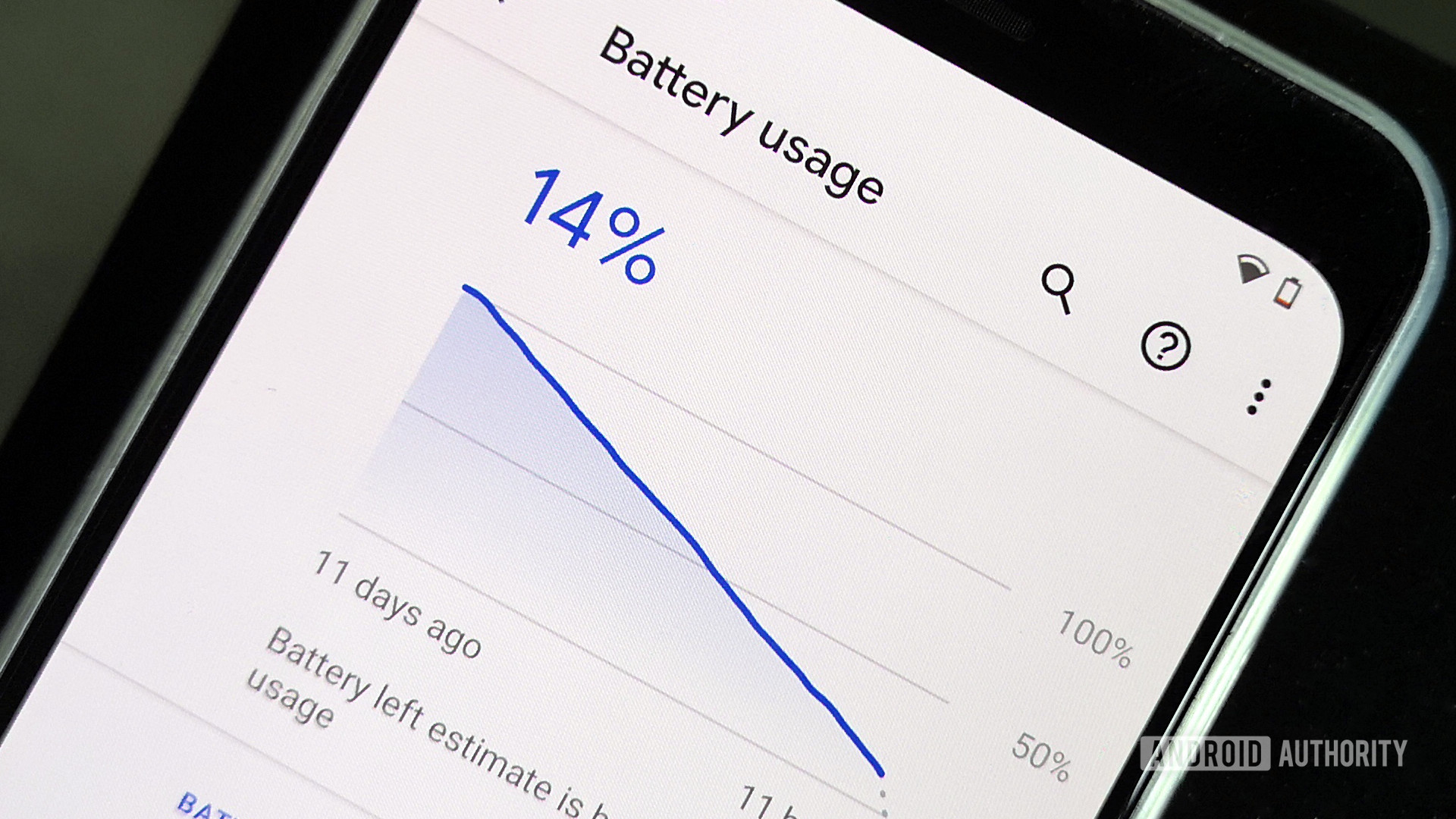![]()
I think it’s fair to say the Google Pixel 4 has been a divisive phone.
In our review of the Pixel 4 and its larger twin, the Pixel 4 XL, we talked about the “untapped potential” that both phones represented as a product of Google’s ever-expanding hardware division. We also questioned the value for money of both devices due to the big G’s continued habit of overpricing its marquee smartphones.
Since its launch in late October 2019, we’ve witnessed the rise of flagships that push well beyond the $1,000 mark, including several phones with obscene camera specs that threaten the Pixel series’ key appeal: offering the best mobile photography suite in the business. With all this in mind, and knowing that Google has a habit of gradually improving its phones through software, now feels like as good a time as any to re-evaluate the fourth-generation Pixels.
Related: The best Google Pixel 4 cases you can buy
The Pixel 4 XL has been my daily driver since it hit the market. Does it still hold up? Have any of the early issues and criticisms been addressed? Should you still buy a Pixel 4 series phone in 2020? Let’s find out.
Google Pixel 4 XL revisited: The good stuff
Camera
![]()
Shocker: the Google Pixel 4 series’ best feature is still pretty darn great. Unfortunately, the ongoing COVID-19 situation prevented me from pushing the Pixel 4 XL’s dual camera to its limits for this article, but below are just a few of the snaps I’ve taken on the phone over the past six months. My amateurish photography skills aside, the actual image quality is still pretty astounding.
This begs the question, though, is the Pixel 4 series’ camera still the best in the business?
At launch, we pitted the fresh-faced Pixel 4 against 2019’s best and it came out on top with relative ease. Fast forward to today and while Google’s computational photography prowess still keeps it in the running for the top spot, there’s definitely some close competition.
Related: 108MP sensor vs computational photography: Which one wins?
The most obvious rival is the Huawei P40 Pro, which matched the Pixel 4 beat for beat in our recent shootout and is far more versatile as far as raw hardware is concerned — the lack of an ultra wide-angle shooter still stings.
It’s not just Huawei that’s upped its game either. Samsung brought the big numbers with the S20 Ultra and its 108MP sensor, but the Galaxy S20 Plus has proved to be a more affordable and perhaps even more impressive option. Speaking of impressive, OnePlus exorcized its own photography demons with the OnePlus 8 Pro.
The Pixel 4 XL is still one of the best camera phones you can buy.
Google has rolled out some minor software tweaks to the camera since launch, but aside from improved depth sensing for bokeh selfies the Pixel 4 XL’s camera suite is essentially the same as it was six months ago — easily one of the best camera phones you can buy.
Software
![]()
Speaking of software and updates, the Pixel series’ other major selling point also retains its shine.
While Google hasn’t been quite as timely with Pixel 4 updates as it perhaps should have been, it still leads the pack by an enormous margin for the rollout of general software improvements and those all-important security patches. It’ll also be first in line for Android 11, which is shaping up nicely.
Until then, Google has done its best to make the generally dull business of incremental updates as exciting as it can with the introduction of Pixel Drops. I’ve already talked at length about why I think the initiative is important for both Pixels and the wider Android industry, so I won’t go over all that again. The important takeaway is that the Pixel 4 XL is an evolving beast and additions like Rules, the card and passes carousel, and improved call screening are all useful extras that have kept the phone feeling fresh.
Throw in exclusive access to the new Google Assistant, Active Edge, apps powered by the Pixel Neural Core like Recorder, the clean, quintessentially Google UI, and advanced Face Unlock and it’s easy to see why software purists gravitate towards Pixels.
Display
![]()
It may have been dethroned by the OnePlus 8 Pro as the best display we’ve ever tested, but the Google Pixel 4 XL’s OLED panel is still an absolute stunner. I’m also in the camp that would prefer no screen interruptions whatsoever and live with a slightly larger bezel, so that massive forehead just doesn’t bother me.
The Google Pixel 4 XL’s OLED panel is still a stunner.
On a technical level, the Pixel 4 XL’s display still sits near the top of our testing charts as far as color accuracy and color temperature is concerned and, while not the brightest at max, has top-tier viewing angles in all light conditions.
The only black mark against the display is the 90Hz refresh rate which barely worked at launch and continues to underwhelm today. I forced 90Hz mode some time ago, but my Pixel 4 XL still switches between 60 and 90Hz on a whim. Some days Pokémon Go will be smooth as silk, others less so. Many may not be able to tell the difference, but I can, and it’s very frustrating.
Speakers and haptics
![]()
I’m grouping these together as they are two underrated smartphone features in terms of importance, but the Pixel 4 XL absolutely nails both of them.
I still miss the Pixel 2 XL’s front-facing speakers, but the Pixel 4 XL’s stereo setup sounds crisper and cleaner at any volume than any other phone I’ve tested. As for the haptics, most Android phones have vibration motors that can’t hold a candle to the iPhone — the Pixel 4 XL is one of the few that can.
Google Pixel 4 XL revisited: The not so good stuff
Video
![]()
In our review of the Pixel 4 XL, Kris Carlon said, “The Pixel 4 series makes it pretty clear that Google doesn’t care as much about video as it does photography.” This holds true today as Google hasn’t addressed any of the fair criticisms leveled at the phone’s mediocre video capabilities.
Google's reasoning for not including 4K 60fps video recording is a complete cop-out.
While captured video is at least decent — bolstered by solid stabilization tech — there is no option for recording in 4K at 60fps. Considering this is the baseline of pretty much every other Android flagship (not to mention a raft of mid-range phones), it’s baffling that the Pixel 4 XL isn’t able to compete.
It’s even more baffling in light of Google’s cop-out reasoning, especially when you consider that it’s a standard part of the feature set of the Snapdragon 855 SoC that powers the two Pixel 4 phones.
Do better, Google.
Battery life
![]()
Pixels have never been battery champions, but the Pixel 4 series fell even further behind rival devices with regards to endurance.
I’m lucky to hit 8pm before my Pixel 4 XL falls below 10%. Admittedly, I watch a lot of Twitch and YouTube and indulge in a bit of daily gaming on my phone, but even on lighter days, the creeping feeling of battery anxiety is never far away.
And remember: the Pixel 4 XL is the better of the two Pixel 4 phones as far as battery life is concerned.
Big yikes.
Motion Sense/Soli
![]()
Believe it or not, my Pixel 4 XL’s battery life stats were even worse before I made the decision to completely turn off Motion Sense, and honestly, I haven’t even thought about it since.
This isn’t because I think Motion Sense is a bad idea. I share my colleague Jimmy Westenberg’s hopes that it’ll make a return on the Pixel 5. In theory, it’s a fun gimmick that presents users with some neat extra hands-free gestures.
Related: The best Google Pixel deals
In practice, however, and in spite of several updates intended to address its consistency… it still barely works. The air gestures, including those added in the second Pixel Drop, just aren’t worth the battery trade-off.
Here’s hoping Soli’s sophomore smartphone outing improves drastically on the first.
Storage
![]()
After doing some digging late last year, I worked out that Google is the worst offender in the business when it comes to price gouging over smartphone storage capacity. And yes, those calculations included Apple.
Google’s flagships would fare slightly better in those calculations today if you factor in price drops, but that still doesn’t change the fact that 64GB is a pathetic amount of base ROM for a flagship phone, or the massive premium you have to pay for configurations with more storage (which even then don’t go beyond 128GB).
As it so happens, my Pixel 4 XL is the 64GB model and I regularly have to clear out storage hungry apps and games to make room for new photos and videos. Features like Smart Storage help matters, but these quickly fill up your Google Drive allowance if you want to upload in original quality.
On that note, remember how other Pixels have always offered at least a few years of original quality photo cloud backups that wouldn’t eat into your storage? You don’t get that with the Pixel 4 or Pixel 4 XL.
Six months later: Should you buy the Google Pixel 4 XL?
![]()
Six months on, it’s even more obvious that the Pixel 4 and Pixel 4 XL aren’t typical Android phones. For seemingly every other OEM, the battle to be the best hinges on offering bleeding-edge specs in the most stylish package possible.
The Pixel 4 series goes almost entirely the other way. The raw specs either fall below or scrape by the bare minimum that’s acceptable for a premium device, and while it’s a little more aesthetically pleasing than its predecessors, it’s still more concerned with looking uniquely Googley than winning any fashion shows.
 Loading poll
Loading pollSo, with all that said, should you buy a Pixel 4 XL six months after launch? Well… yes, but only if your smartphone wants and needs align with Google’s unique design ethos — which it does for me. It’s still one of the best camera phones money can buy and still offers the purest software experience and the speediest updates. But it’s also well behind the rest of the Android world when looking at fundamentals like battery life and storage.
Recent sales have dropped the price of the Pixel 4 XL down to $599, which is far more palatable than its $999 launch price. The curveball in all this is the Pixel 3a series. Google’s mid-rangers aren’t far behind its flagships where it counts, but they are significantly cheaper. Unless you really want a telephoto lens and some processing grunt for gaming, the Pixel 3a XL’s $479 price point (or just below $400 in recent sales) is an incredibly attractive alternative.
And what about the Pixel 4a that’s expected to drop later this month, or the inevitable Pixel 5 beyond that? The former appears to be a solid upgrade on the Pixel 3a, while the latter will reportedly see Google push its software-first ethos to the extreme by adopting a sub-flagship SoC instead of the Snapdragon 865.
The extended Pixel family looks set to become even more muddled from here, but this is just how Google makes phones — and if you want the very best, most powerful Google phone you can buy then the Pixel 4 XL, despite its many imperfections, is still it.
- $599 at Amazon Save $300 .00
More posts about Google
from Android Authority https://ift.tt/3cw64u0













0 comments: